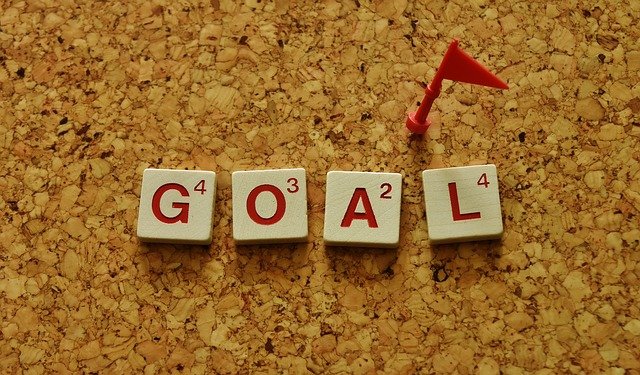The End is the Beginning in Leadership
It is ironic to realize, where setting a goal is concerned, the end is the beginning. A leader can only plan after he or she analyzes and sets his or her primary goal. The end goal is actually the plan’s beginning. A good workable strategy is similar to a theory of your target. A plan shouldn’t be etched in stone, but must be flexible to adapt when obstacles and events threaten goal achievement. Your goal is the end you try to reach, but setting a goal marks the beginning of the journey.

Setting a Goal That Aligns With Your Values
With that said, it is important to set a goal that important enough for your team to stay motivated to achieve it. It is common to set a goal based on thinking what you should achieve. It is critical to consider your core company values when setting your goal. When you have a goal that is attainable without sacrificing your values, the winning is sweeter and far more likely to happen on time.
Setting A Specific Goal
I want to succeed is so generic as to mean little to anyone, including myself. Define that success. I want to reach X number of leadership trainees, or I want X number of subscribers is an achievable goal. I can plan a leadership strategy to achieve those goals because they are quantifiable. By quantifying your goal, you can more easily focus on how you will achieve your goal.
Plotting the Ways of Achieving Your Goal
The steps you will follow to achieve your goal are known as “the Ways”. Making a plan to meet your goal requires you make a plan or map of how to reach your goal. It doesn’t have to be a perfect plan, but it does need to be actionable and flexible. Constant revision, like General George B. McClellan in the Civil war, can actually cause you to lose your opportunity before you act. Action is the largest component to goal achievement.
Smaller Targets Keep You on Track to the Primary Goal
Adding smaller goals that help you achieve your target goal serve to keep you on track and motivated longer. In weight loss this could mean setting smaller goals of five pound weight loss increments, or changes in how you eat, like measuring your food, or counting carbs. Celebrate each of your smaller achievements, if only by giving yourself a pat on the back to recognize each smaller achievement.
Revisit your goal or goals at regular intervals to keep your self on track. By setting smaller waypoint targets, you can help stick to the path and re-energize your efforts as you reach smaller target after target.
Setting a Goal You Have Resources to Reach
Create a rough plan that includes the needs of the team that will work toward your goal. Then adapt the plan as needed along the way. Ask yourself: “How attainable is your goal with the resources you have available?” Resources are more than your budget. Resources include support, training, skills, tools, supplies and the workforce to achieve the goal. Focusing on the following items can help you and your team reach your goal.
- Shape your environment – Give your team the ways and the means to do the right things. Create the focus and environment to facilitate goal attainment.
- Train your team. Without training, the supplies, team members and resources will be less effectively utilizing with higher failure rates. Training accelerates everyone around you.
- Seek the Support you Need to Lead: You may need to seek out someone outside of work like a family member, spouse, or friend with whom you can discuss your goal.
- Make sure your team has the tools to complete the goal.
You have it within you to achieve your goal, as long as you plan that achievement realistically and are flexible enough to adapt the plan along the way.



Pingback: How Left of Bang Applies to Business